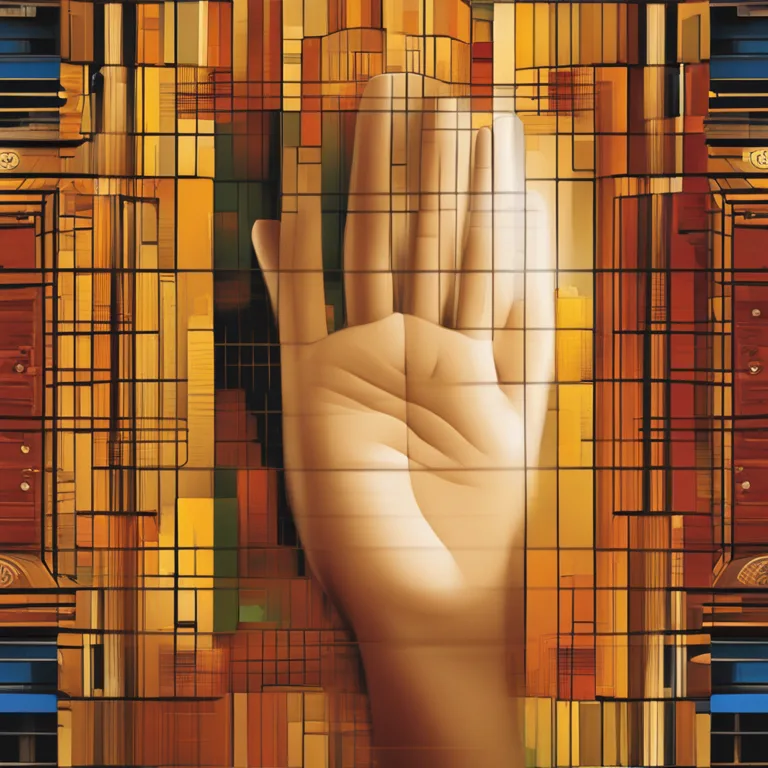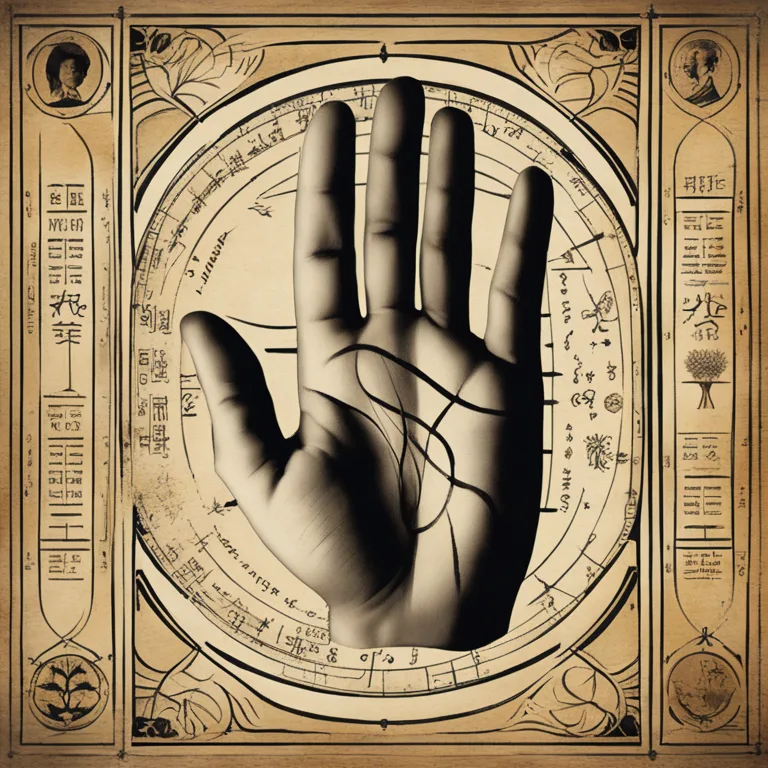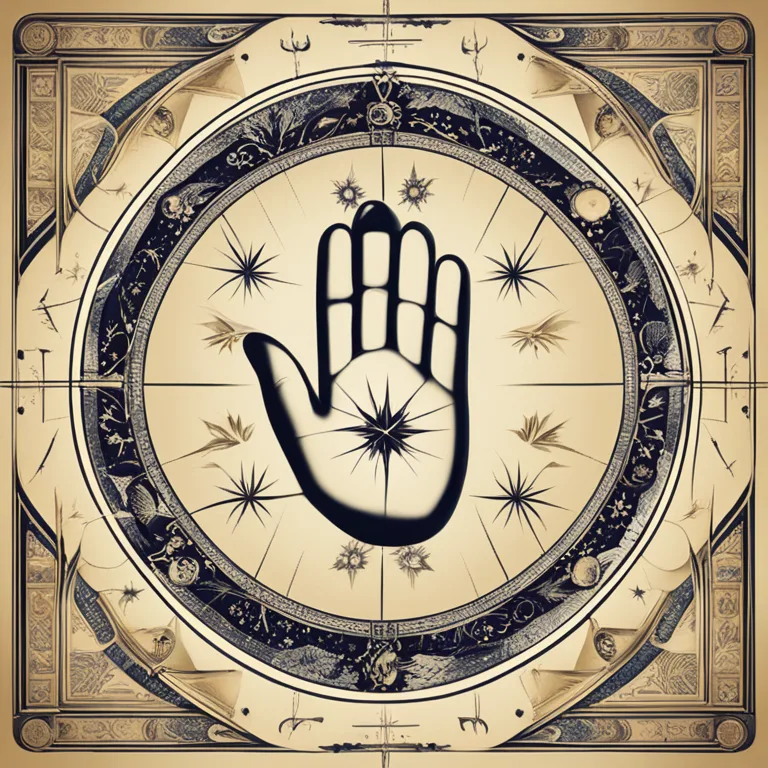
The Accuracy of Palmistry: A Modern Evaluation
Is palmistry a trustworthy method for personality and future insight? This article evaluates the accuracy of palmistry in contemporary times.
article by Nora Pennington
Palmistry's Historical Roots
<Palmistry, also known as chiromancy or palm reading, stems from ancient roots, tracing back to cultures such as Indian, Chinese, and Egyptian civilizations. People have turned to palmists for guidance about their life paths and personality traits for centuries. However, the question remains whether this practice holds any scientific credibility or if it remains a form of entertainment and speculation. As we continue into 2024, the scrutiny applied to palmistry from scientific perspectives is stronger than ever, demanding reassessment of its reliability.

Scientific Scrutiny and Skepticism
<In the modern era, the accuracy of palmistry is a subject of much debate. Skeptics argue that there is a lack of empirical evidence supporting the predictive and personality analysis claims made by palmists. Scientific communities often refer to palmistry as a pseudoscience, lacking testable hypotheses and reproducible results. Critics also point out the Forer effect, where individuals believe vague, general statements to be highly accurate for them personally, which could also explain why some find palmistry convincing.

The Role of Personal Experience
<Despite the skepticism, palmistry thrives through personal testimonials. Adherents of palmistry highlight their personal experiences and seemingly accurate readings that resonate with their life events and characteristics. While anecdotal evidence is compelling for those who experience it, researchers caution that these individual stories do not constitute scientific proof of accuracy and can be attributed to coincidence or the subjective interpretation of the reader.

Psychological Aspects and the Placebo Effect
<Psychologically, belief in palmistry may activate the placebo effect, where an individual's expectations of a positive outcome can result in perceived improvements in well-being or personal insight. This phenomenon is powerful and can make assessments of accuracy challenging, as believers might attribute any positive life changes to the practice of palm reading, reinforcing their belief in its validity irrespective of any concrete or objective accuracy.

Modern Palmistry and Digital Analysis
<With technological advancements, there has been an effort to digitize palm readings and provide more standardized interpretations. Apps that scan palm prints aim to eliminate human error and subjective bias from readings. Yet, even with these modern tools, the question remains: can a digital analysis provide clear evidence of palmistry's accuracy? Critics argue that without scientific backing, palmistry cannot be considered accurate, regardless of the medium used to conduct it.
Interdisciplinary Approaches
<There's a growing interest in interdisciplinary studies that could bridge the gap between palmistry and official recognition. Some practitioners attempt to align aspects of palmistry with psychological and genetic research, looking for patterns that might suggest a link between palm lines and certain traits or predispositions. As of 2024, this research is still nascent and far from conclusive, but it opens potential paths for a scientific basis for palmistry that has yet to be solidified.
Published: 1/3/2024
Modified: 1/3/2024
More predictions
Come back here soon to learn more about yourself and your future


The Art Of Palmistry Revealed
Discover the intriguing facets of palmistry and learn how the lines on your palm can offer insights into your life journey and personality.


The Secrets In Your Palm
Discover the intriguing world of palmistry and what the lines on your palm can reveal about your personality, destiny, and life path.


The Art of Palmistry: Lifelines to Fate
Delve into the ancient practice of palmistry and discover how the lines on your palm can reveal insights about your personality, destiny, and love compatibility.